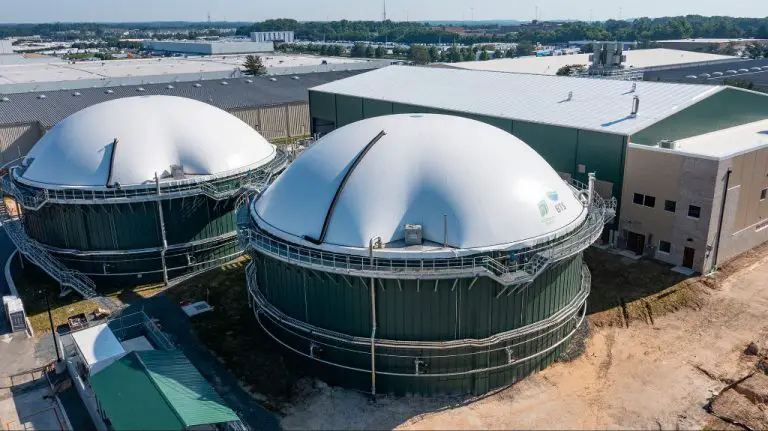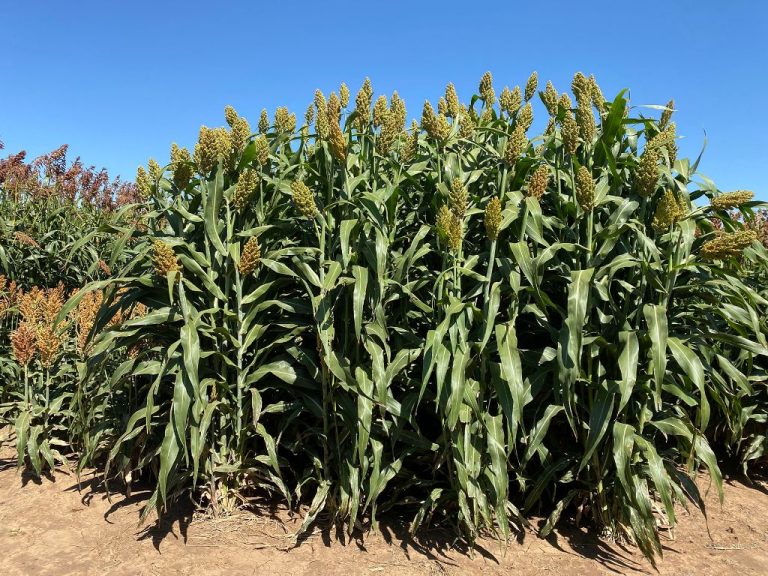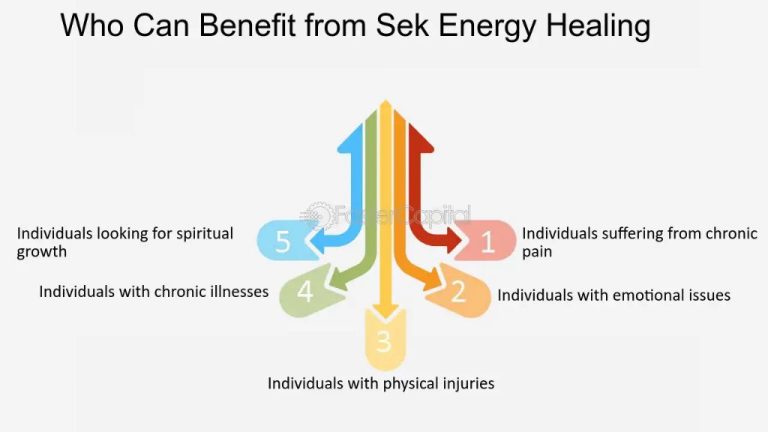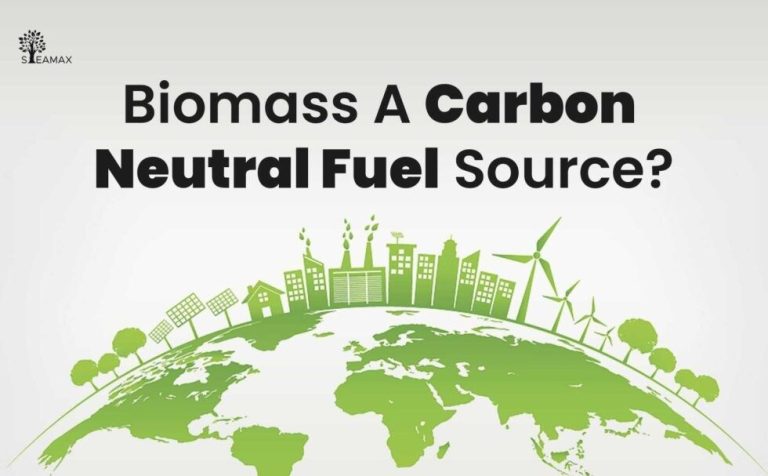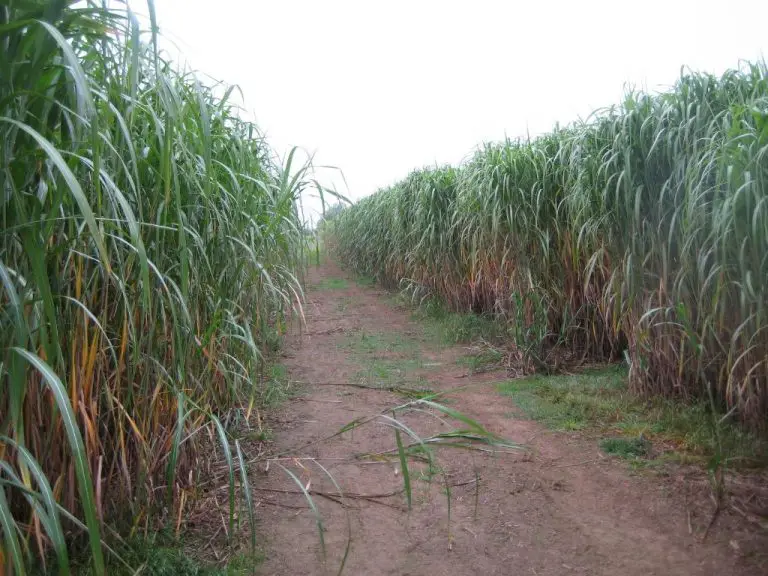How Does Photosynthesis Relate To Energy?
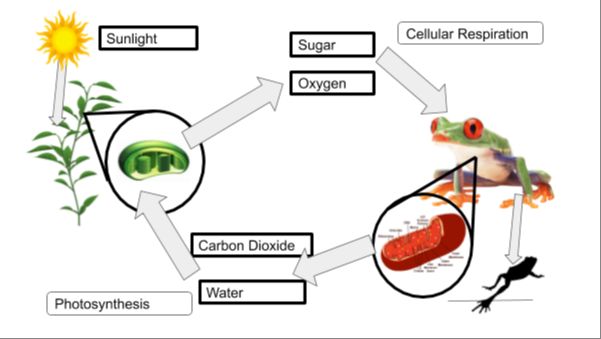
Photosynthesis is the process by which plants, algae, and some bacteria convert sunlight into chemical energy (glucose). During photosynthesis, plants take in carbon dioxide (CO2) and water (H2O) from the air and soil. Using the energy from the sun, the plant converts these into carbohydrates like glucose (C6H12O6). Photosynthesis also releases oxygen (O2) as a byproduct, which is critical for most living organisms on Earth.
Overall, the chemical reaction for photosynthesis can be summarized by the following formula:
6CO2 + 6H2O + Light Energy → C6H12O6 + 6O2
This process is vital for life on Earth as it provides the glucose that plants need to grow and survive. Photosynthesis also replenishes the Earth’s oxygen supply, as O2 is released as plants convert CO2 into glucose. Without photosynthesis, the carbon cycle could not occur and oxygen levels would decline rapidly.
In summary, photosynthesis transforms light energy into chemical energy that is essential for almost all life on Earth. It forms the basis of the food chain and allows energy from the sun to become biologically useful through plants.
The Role of Light
Sunlight is the energy source that fuels photosynthesis. The radiant energy from sunlight is captured by pigments such as chlorophyll in the plant’s leaves and converted into chemical energy in the form of sugars. Chlorophyll is the primary pigment involved in photosynthesis and gives plants their green color. It strongly absorbs light in the blue and red wavelengths but reflects back green light, creating the green appearance of most plant leaves.
When a photon of light hits chlorophyll, it excites an electron in the chlorophyll molecule to a higher energy state. This excited electron is then transported through an electron transport chain, which generates ATP and NADPH, the energy-carrying molecules used in the light-independent reactions. Therefore, light energy from the sun provides the power that drives the biochemical reactions of photosynthesis.
The amount of light absorbed by a leaf influences the rate of photosynthesis. More light saturation typically results in faster photosynthesis up to a point. However, excessive light can damage the photosynthetic machinery of plants. The pigments and anatomical structure of leaves have adapted to optimize light absorption and utilization for photosynthesis (van der Meer et al. 2023).
Conversion of Light to Chemical Energy
During photosynthesis, plants convert light energy from the sun into chemical energy that is stored in glucose molecules. This conversion occurs in a series of reactions that take place in the chloroplasts of plant cells.
The conversion begins when pigments like chlorophyll in the chloroplasts absorb photons of light. This absorption causes electrons in the chlorophyll molecules to become “excited” and jump to a higher energy level [1]. The plant then uses the energy from these excited electrons to power reactions that convert carbon dioxide and water into glucose and oxygen.
Specifically, the excited electrons are captured and used to generate ATP and NADPH, which provide the chemical energy needed to build glucose molecules. The electrons lose energy as they pass through this electron transport chain, eventually returning to their ground state. The whole process is called photoexcitation.
In this way, light energy from the sun is converted into the chemical bonds of glucose through a series of excitation, electron transport, and synthesis reactions. The glucose molecules can then be broken down by the plant to release energy for growth and other cellular processes.
The Photosynthetic Formula
The chemical formula for photosynthesis represents the process by which plants convert sunlight, carbon dioxide and water into glucose and oxygen. The overall equation is:
6CO2 + 6H2O + Light –> C6H12O6 + 6O2
This equation shows that six molecules of carbon dioxide (CO2) and six molecules of water (H2O) are converted into one molecule of glucose (C6H12O6) and six molecules of oxygen (O2) using light energy from the sun. The inputs are carbon dioxide, water and sunlight, while the outputs are glucose and oxygen.
Carbon dioxide enters the plant through small pores called stomata, typically located on the underside of leaves. Water is absorbed by the plant’s roots and transported to the leaves. During the light-dependent reactions of photosynthesis, sunlight provides the energy to split water molecules into hydrogen and oxygen. The oxygen is released as a byproduct into the atmosphere through the stomata. The hydrogen is used to produce energy carriers like ATP and NADPH, which power the next stage of photosynthesis.
In the light-independent reactions, also known as the Calvin cycle, carbon from carbon dioxide is fixed into organic molecules like glucose. This end product of photosynthesis can then be used by the plant for energy and growth. The excess glucose is often stored as starch or other forms of carbohydrates.
Overall, the photosynthetic formula represents the critical role plants play in converting sunlight into chemical energy and releasing oxygen into the air – which in turn sustains almost all life on Earth. (Source)
Stages of Photosynthesis
Photosynthesis occurs in two main stages: light-dependent reactions and the Calvin cycle. The light-dependent reactions capture the energy from sunlight and convert it into chemical energy stored in ATP and NADPH. The Calvin cycle uses the energy stored in ATP and NADPH to fix carbon from CO2 into sugars.
The light-dependent reactions begin when pigments like chlorophyll in photosystems absorb photons of light. This provides the energy to excite electrons and drive photolysis, which splits water molecules into protons, electrons, and oxygen. The energized electrons are transported along the electron transport chain, which pumps protons into the thylakoid space to build up a proton gradient. ATP synthase uses this gradient to produce ATP. The electrons end up reducing NADP+ into NADPH. Photolysis and the electron transport chain comprise the light reactions.
The Calvin cycle, also known as the light-independent reactions, takes place in the stroma of chloroplasts. It starts by taking CO2 from the atmosphere and attaching it to a 5-carbon sugar called RuBP, catalyzed by the enzyme RuBisCO. This forms unstable 6-carbon compounds that immediately split into two 3-carbon molecules called 3-PGA. ATP and NADPH from the light reactions provide the energy and electrons to reduce 3-PGA into glyceraldehyde-3-phosphate (G3P), which can be rearranged into sugars like glucose. Some G3P is used to regenerate RuBP so the cycle can continue.
Together, these two stages convert solar energy into chemical energy in the form of carbohydrates like glucose. The light reactions harness the sun’s energy, while the Calvin cycle uses that energy to fix carbon into organic molecules.
Chloroplasts and Chlorophyll
Chloroplasts are organelles found in plant cells and some algae that conduct photosynthesis. They contain the chlorophyll pigment that absorbs sunlight and converts it into chemical energy.
Chloroplasts have an outer and inner membrane composed of phospholipids and proteins. Inside the chloroplast are stacks of thylakoids that form a third membrane system. The thylakoid membrane contains chlorophyll and the proteins involved in light reactions. The stroma is the fluid inside chloroplasts where the Calvin cycle reactions take place.
Chlorophyll is a green pigment found in chloroplasts that harvests light energy. It has a porphyrin ring similar to heme in hemoglobin, with a central magnesium ion. There are several types of chlorophyll, including chlorophyll a which absorbs violet-blue and red light. Accessory pigments like carotenoids absorb light wavelengths chlorophyll cannot and transfer the energy to chlorophyll.
When chlorophyll absorbs light, an electron in the porphyrin ring is excited to a higher energy state. This frees an electron that gets transferred and fuels ATP and NADPH production. The role of chlorophyll in absorbing light energy and converting it into a form plants can utilize makes photosynthesis possible.
Impact on Life on Earth
Photosynthesis is vital for life on Earth as it provides the food and oxygen needed to sustain complex life forms. The carbohydrates produced by photosynthesis provide the energy source for nearly all life on the planet (source). Photosynthesis also produces the oxygen that aerobic organisms need to survive. In fact, the evolution of photosynthesis by cyanobacteria over 3 billion years ago led to the Great Oxygenation Event, dramatically increasing oxygen levels in the atmosphere and oceans and enabling the evolution of complex multicellular organisms (source).
Photosynthesis also helps regulate carbon dioxide levels in the atmosphere. Plants use carbon dioxide during photosynthesis and convert it into carbohydrates. This helps remove carbon dioxide from the air and balance levels in the atmosphere. Excessive carbon dioxide can increase greenhouse effects and contribute to climate change. Through photosynthesis, plants act as a carbon sink to help mitigate some of these effects.
Photosynthesis and Energy for Humans
Photosynthesis plays a critical role in providing renewable energy for human use. Through photosynthesis, plants convert sunlight into chemical energy, producing carbohydrates that serve as the foundation of the food chain. Humans and other animals rely on eating plants or other organisms that consume plants for their energy and nutrition. Without photosynthesis, the food web would collapse, leaving humans and other species without an essential energy source.
Photosynthesis also provides renewable biomass energy. Plants can be grown specifically to produce biofuels such as ethanol and biodiesel through their natural photosynthetic processes. According to research from Purdue University, “That process of turning sunlight directly into usable energy – called photosynthesis – may soon be a feat humans are able to mimic to harness renewable energy using sunlight, carbon dioxide and water to produce a sustainable liquid fuel” (Purdue). While human-made photosynthesis is still in development, natural photosynthesis already offers a way to generate energy from plants in a sustainable manner.
Overall, photosynthesis powers life as we know it, providing the foundation for the ecosystem that humans rely on. As a source of renewable biomass energy, photosynthesis also holds great promise for meeting human energy needs in an eco-friendly way into the future.
Improving Photosynthetic Efficiency
Researchers are exploring ways to improve the efficiency of photosynthesis in plants as a means to boost crop yields and increase renewable energy production. One area of focus is engineering crops to optimize the enzyme Rubisco, which plays a key role in carbon fixation during photosynthesis. Scientists at Cornell University are studying how to modify Rubisco to make it faster and more efficient at converting carbon dioxide into energy-rich sugars for plants (https://cornellsun.com/2022/06/08/cornell-researchers-study-rubisco-enzyme-in-hopes-of-increasing-photosynthesis-efficiency-in-plants/). Another effort called Project ClimateCrop aims to redesign photosynthesis in order to double the efficiency of food crop yields within 20 years (https://www.third-derivative.org/portfolio/climatecrop).
Increasing the efficiency of photosynthesis has applications for renewable energy as well. If bioengineered plants and algae can capture and convert larger amounts of carbon dioxide and sunlight through optimized photosynthesis, they can potentially produce more biomass that can be processed into biofuels. There is also research into using cyanobacteria and artificial leaves for renewable energy production through enhanced photosynthetic processes.
Conclusion
In summary, photosynthesis is the process by which plants, algae, and some bacteria convert sunlight into chemical energy. During photosynthesis, chloroplasts in plant cells use energy from sunlight to transform carbon dioxide and water into carbohydrates like glucose, while releasing oxygen as a byproduct.
The conversion of light energy into chemical energy is essential for most life on Earth. Through photosynthesis, photoautotrophs like plants are able to harness the energy from sunlight and convert it into energy-rich molecules like glucose that provide food and fuel for themselves and heterotrophs including humans. By producing oxygen, photosynthesis enabled the evolution of oxygen-breathing organisms. Overall, photosynthesis powers the global food chain and keeps Earth’s atmosphere hospitable for life.
Without photosynthesis to capture the Sun’s energy and convert it into organic compounds, life as we know it could not exist on Earth. The ability to harness light energy and convert it into chemical energy that can be used and stored by organisms was a pivotal development in Earth’s history and remains critical in energizing the biosphere.

